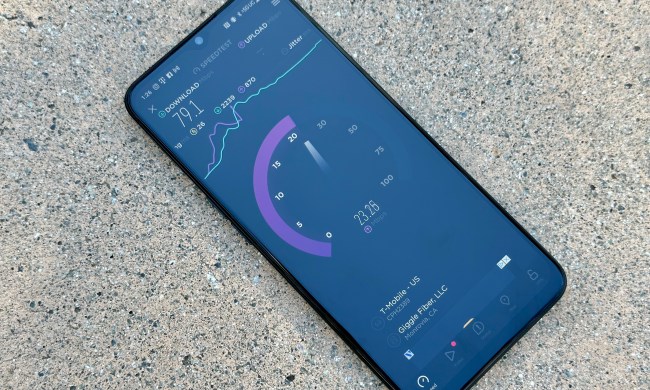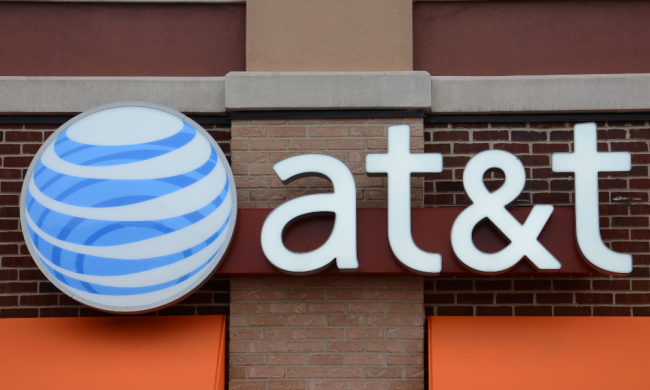Qualcomm has been launching chip after chip with 5G support, and the company is back with another. The new Snapdragon 750G is built to deliver higher-end features and faster performance compared to the previous-generation Snapdragon 730G, and should make its way to the so-called “premium midtier” phones in the next year.
According to Qualcomm, there have been 275 device models built on 7-series chipsets, and 140 of those have been 5G designs. And that’s only going to go up, as it’s likely that most, if not all, of Qualcomm’s future chipsets in the 7-series will support 5G. The Snapdragon 765 (and 765G) has already proven to be a great choice for $400-700 phones this year.
“We continue to see great traction with our high-tier Snapdragon 7-series 5G mobile platforms,” said Kedar Kondap, vice president of product management at Qualcomm, in a statement.“As we continue to build out this relatively new tier of our mobile road map, we’re always looking for ways to support the growing needs of our OEM customers. Snapdragon 750G delivers a selection of premium mobile features to an even wider audience.”
Support for 5G is probably the biggest upgrade over the Snapdragon 730G, and you’ll get support for both higher-frequency mmWave networks, like Verizon’s 5G, and more widespread Sub-6 networks. The chipset offers Qualcomm’s X52 modem. You’ll also get support for Wi-Fi 6.
But there are other helpful upgrades to the chipset too. For example, the 750G features the fifth-generation Qualcomm AI Engine, which it says makes for a 20% improvement over the Snapdragon 730G. Real-world improvements may be minimal, but you may get faster A.I. performance when it comes to things like imaging.
You’ll also get some graphics improvements, however minor they may be. The Snapdragon 750G offers the Adreno 619 GPU, which Qualcomm says delivers 10% faster graphics rendering than the Snapdragon 730G.
According to Qualcomm, we’ll get devices that support the Snapdragon 750G quite soon. The company says that devices with the chipset will be available before the end of the year, and in its press release, Xiaomi said that it would launch the first device based on the Snapdragon 750G. It’s currently unclear if more devices with the 750G will be available shortly thereafter, but we’ll likely get many 750G devices in early 2021.



